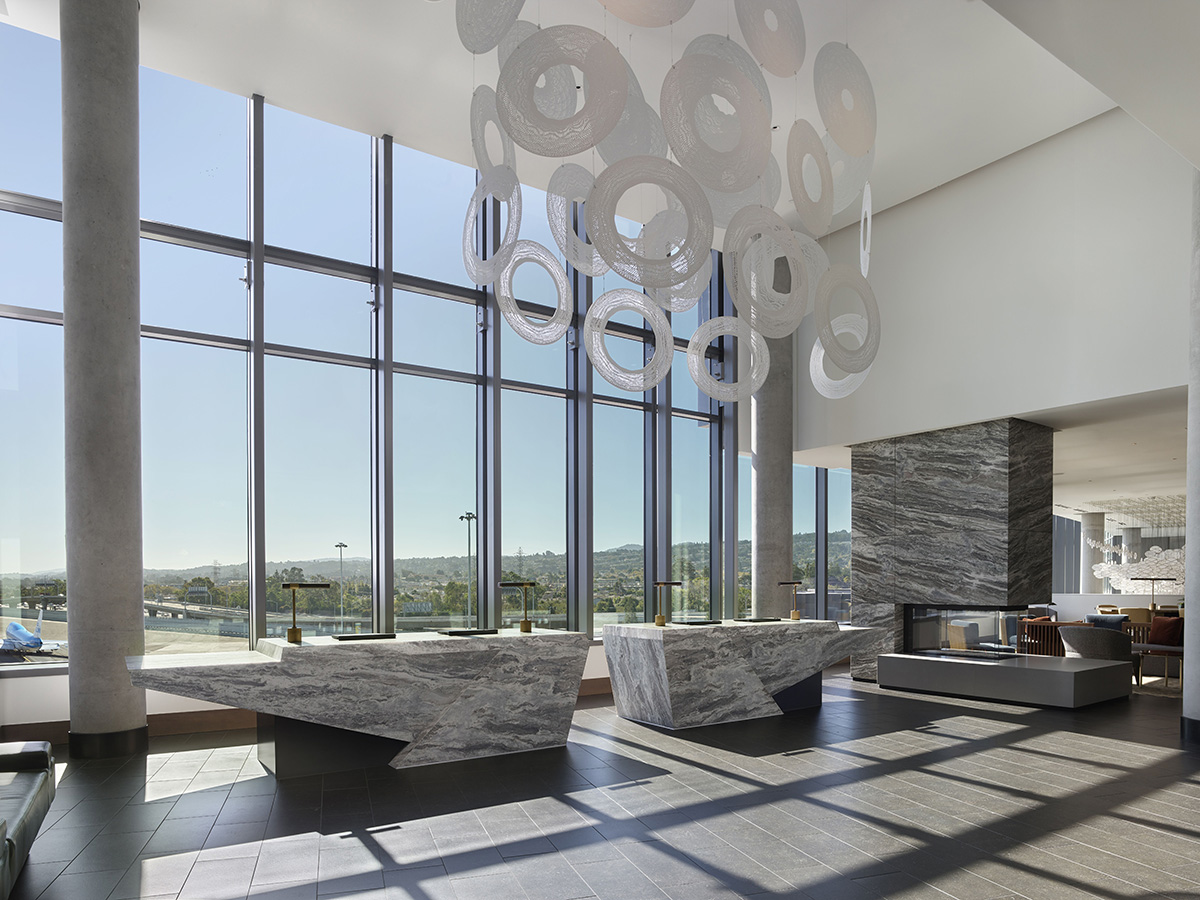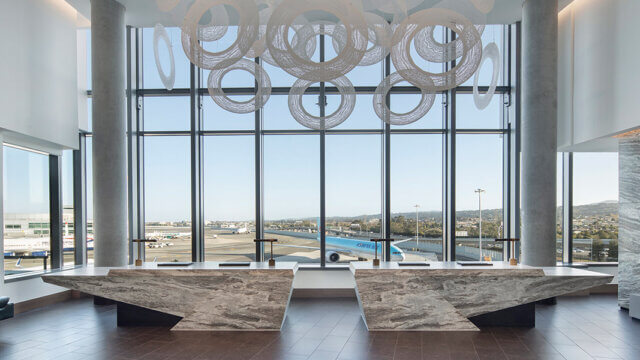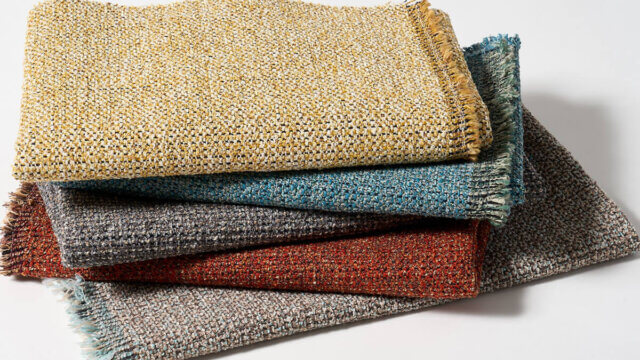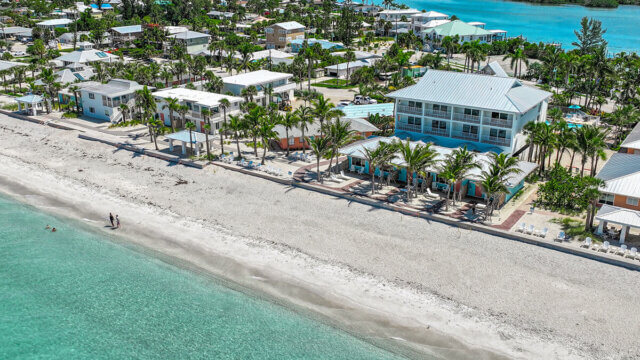BraytonHughes Design Studios, the interior design and architecture firm behind many iconic destinations in San Francisco, in addition to hotels, executive offices, private clubs and residences, senior living communities in various parts of the world, is celebrating its 30-year anniversary this year.
Since its founding in San Francisco by Richard Brayton and Stanford Hughes, the firm has continued to evolve and expand while honoring the original design philosophy of its founders. Running through a diverse portfolio of projects is a timeless approach and an artistic sensibility that addresses interior architecture, furniture, accessories, lighting and art holistically and with highly crafted detail.
“We are a design firm first and foremost,” said BraytonHughes Design Studios’ newly appointed President Janea Nakagawa. “In marking this milestone anniversary, we look back on all the design solutions we have delivered to our clients and the creative pursuits we’ve undertaken over three decades. From designing custom furniture, to decorative light fixtures, to area rug collections, our team’s passion and commitment reaches every element that creates a space.”
A firm infused with the city’s sense of ingenuity
BraytonHughes’ legacy is connected to the story of San Francisco, a place where people have an appetite for breaking the mold and pushing the boundaries. Alongside the city, the firm has weathered the tech bubble, rising rents, economic downturns and a global pandemic, and continues to be driven by insatiable curiosity and a desire to convey a story that has not been told before about a place, through subtleties in color, texture and materiality.
“We have never adhered so closely to one specialization or style,” said Joel Villalon, former president/executive advisor, who has been with the firm since its initial stages. “Instead, we seek out interesting projects and approach each one as an opportunity to explore different design solutions, searching for the composition of elements that will give a space its unique character and feel.”
From high-end corporate work and private clubs to hotel designs for Four Seasons, Montage and Fairmont, the firm’s multifaceted project portfolio reflects the design team’s desire to engage in diverse types of work, varying in scale and building typology. Expansion into different project types—including breaking into the hybrid hotel/hostel category with a new lodging concept in Silverthorne, CO, called The Pad—has been made possible by the multiple backgrounds, viewpoints, education and cultures that inspire the firm’s creative process. BraytonHughes Design Studios is a minority owned business and was officially certified as a Women’s Business Enterprise (WBE) in December 2021.
A team of artists, travelers and storytellers
“Our team is comprised of avid travelers, each with a keen eye on what sets a location and property apart,” said Villalon. “We encourage our younger associates to travel and look forward to projects in far-flung locales, for the diversity we witness in architecture, natural landscapes and culture while traveling nurtures our ability to connect users with the character of their surroundings, and ensure our designs fit comfortably in their regional context.”
Regardless of project category, BraytonHughes’ design team creates a distinctive narrative for each project that reflects the client’s vision, the story of the locale, and the desired user experience. For one recent project, San Francisco International Airport’s first on-airport hotel, Grand Hyatt at SFO (pictured above), the firm helped Grand Hyatt bring luxury and serenity to a busy airport campus. Through thoughtful use of color, pattern and materiality, the design firm drew in natural elements of the San Francisco Bay Area so a traveler who might not have time to venture outside of the hotel would still sense the spirit of Northern California. Guests also sense the local culture and surroundings through art, specially commissioned by the international airport in cooperation with the San Francisco Arts Commission, with photographs and abstract paintings showcasing San Francisco and Northern California through the eyes of local artists.
The integration of art and interiors figures prominently throughout BraytonHughes’ portfolio. In addition to deepening a sense of place, carefully curated art collections have complemented the firm’s designs over the years to add a residential quality and sense of welcome to corporate spaces and de-institutionalize the look and feel of senior living communities.
The future: balancing art and technology
While the interior design profession has undergone significant shifts over the past three decades, with the shift from hand-drafting, to CAD, to Revit, to emerging AI software, the firm remains steadfast in the artistic sensibility it devotes to its projects and is continually sharpening its practice to benefit from modern digital tools and technologies.
“Regardless of the degree to which some tasks may become automated, with AI being used to speed up design processes in the future, the technical expertise we have developed over the years and our experience in the art of interiors will have a place, even in the age of technology,” said Nakagawa. “The art and human touch of designing memorable spaces is irreplaceable, and we look forward to expanding our portfolio with more inspired designs.”




